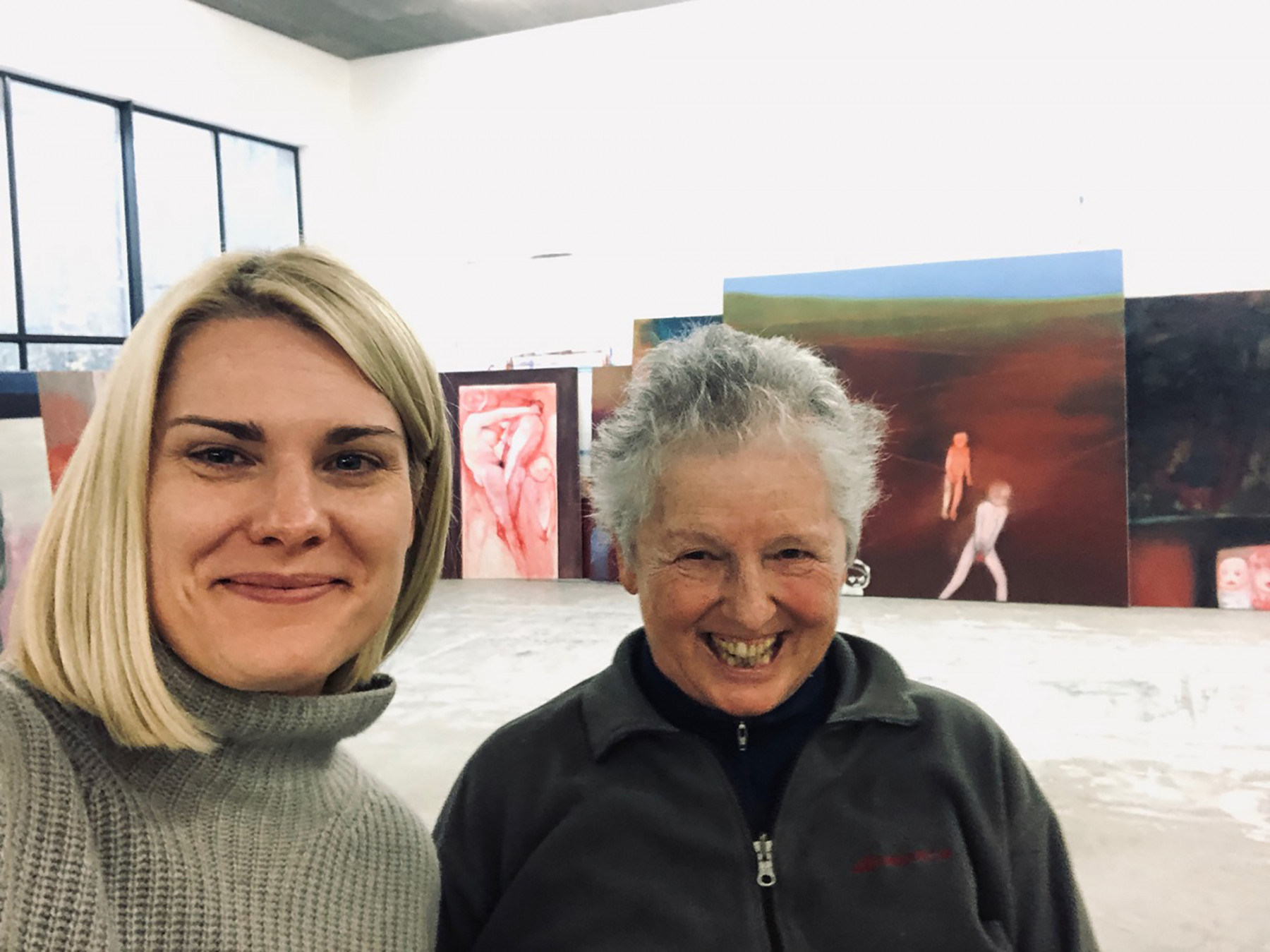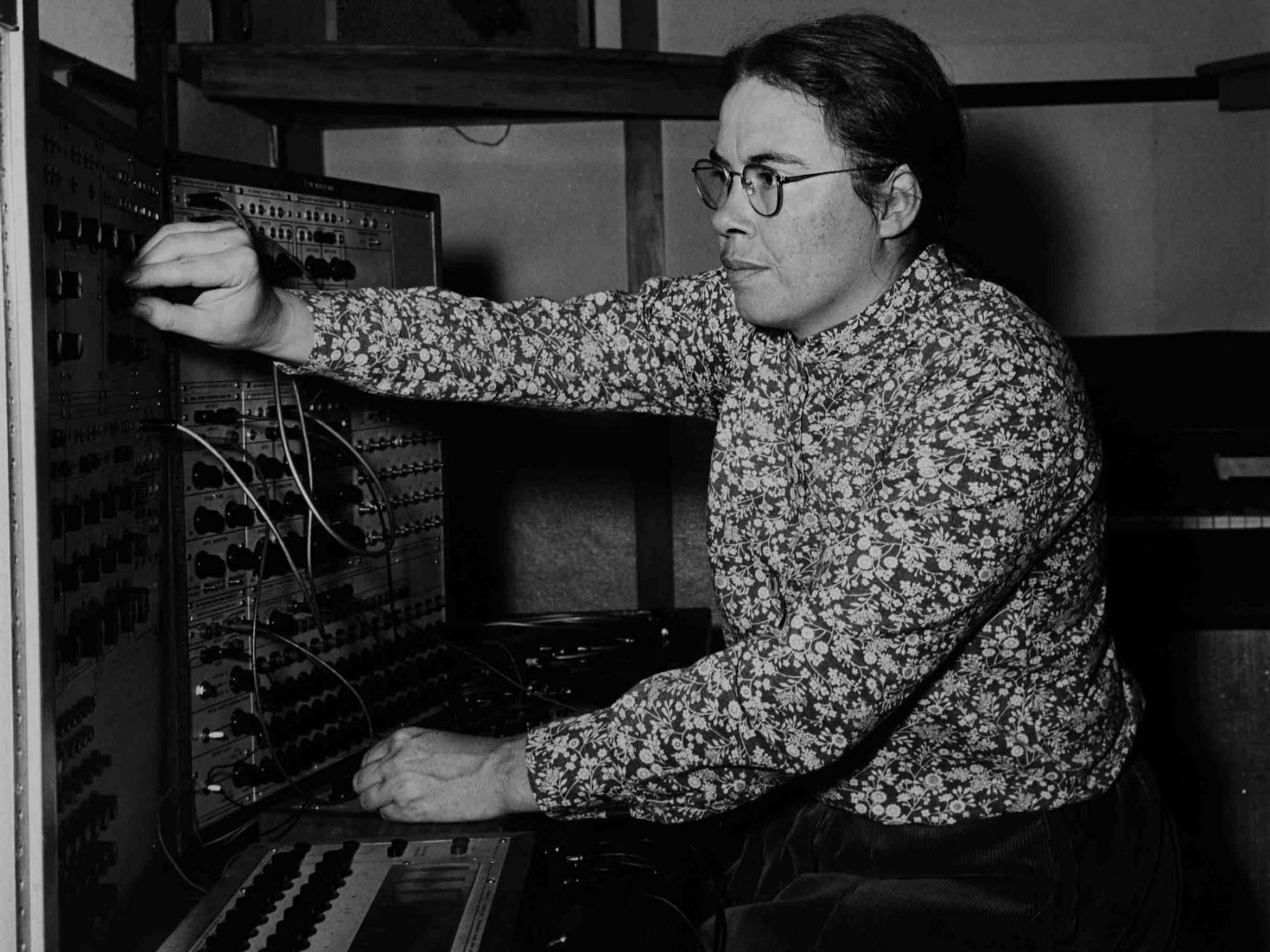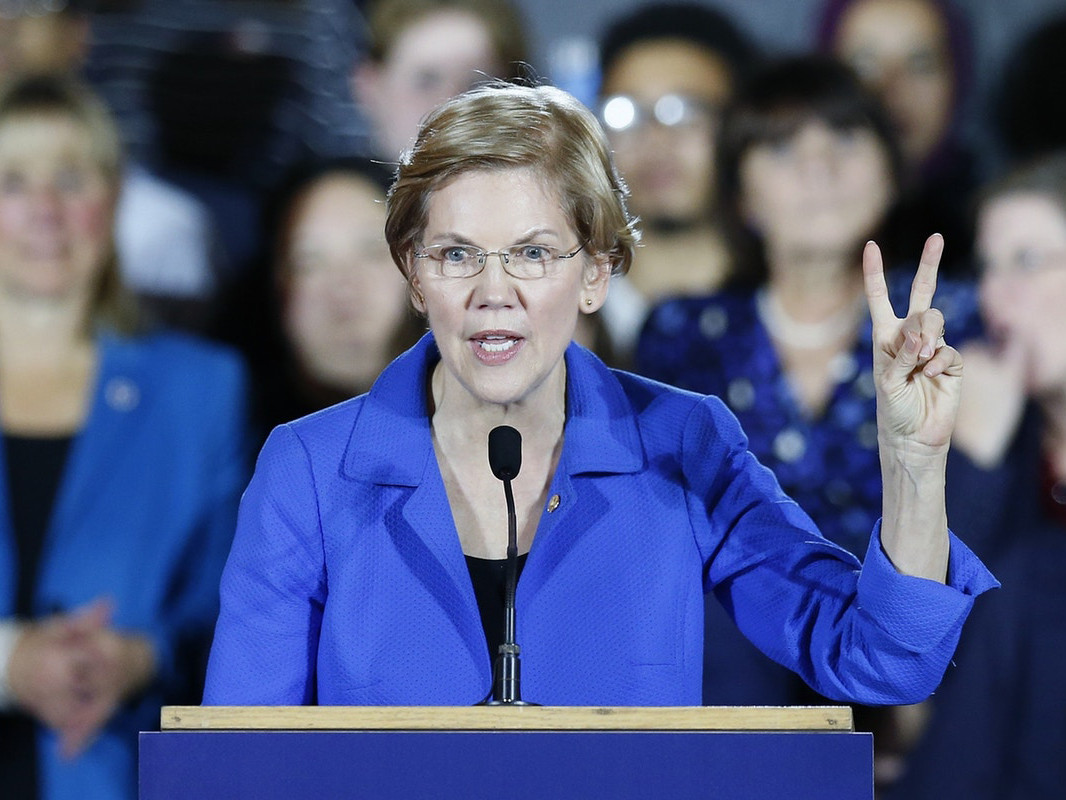I'm With Her – Part 2
100 Years of Women Suffrage
100 Years of Women Suffrage

Courtesy: Anne Büttner
100 years ago, on 12 November 1918, article 109 (2) of the Weimar Constitution finally contained the sentence: „Men and women have the same civic rights and duties.“ On occasion of this extremely important anniversary, we commissioned the women who inspire us most to write about the women that shaped their thinking. Our second part continues with curator Jana Baumann, artist Nadia Perlov and editor Anna Meinecke. I'm with her – are you with us?

Jana Baumann with Miriam Cahn in her studio in Switzerland, 2018
Jana Baumann with Miriam Cahn
Künstlerinnen und ihr Blick auf die Gesellschaft wurden viel zu lange kaum beachtet. Miriam Cahn ist eine der international bedeutendsten Künstlerpersönlichkeiten, die seit den 1970er Jahren mit einem herausragenden Werk radikal für eine Gleichberechtigung und gegen Sexismus eintritt. Eine ihrer ersten Arbeiten trägt den Titel „mein frausein ist mein öffentlichster teil“ und wurde als Schriftzug an diversen Orten im öffentlichen Raum Europas platziert. Die Mut und Stärke in ihrem Lebenswerks beeindruckt mich.

Paule Oliveros. Courtesy and photograph: The Centre of Contemporary Music Archives, Mills College
Nadia Perlov with Pauline Oliveros
Pauline Oliveros's music and philosophy about listening and teaching are meaningful not just because they were revolutionary in the way we listen to and make music, but because they formulated a non-hierarchic and anti-elitist approach to music.
In her 1970 article for The New York Times titled ‘And Don’t Call Them ‘Lady’ Composers’, Oliveros writes, “Women composers are very often dismissed as minor or lightweight talents on the basis of one work by critics who have never examined their scores or waited for later developments. (...) The greatest problems of society will never be solved until an equalitarian atmosphere utilizing the total creative energies exists among all men and women.”
During her experiments with women groups, Oiveros fomulated her Sonic Meditations where listening was practiced as a form of activism. The goal was to expand consciousness, humanitarian and specifically healing purposes.

Elizabeth Warren, 2018. Courtesy and photograph: Michael Dwyer
Choosing a role model when you are a child is fun. It could be anyone as you could still become anything. But as you get older you might realize that space pirate is not a job description (yet), being a firefighter is actually dangerous, time is running out on being the youngest something, and being the strongest, fastest, shiniest would have required some sort of training.
Choosing a role model in your mid-twenties means you better pick someone not too far away from your fields of expertise. Maybe don’t go for a peacemaker if you easily get into bar fights. Don’t go for an explorer if you never left home. Don’t go for a left-wing activist if you are into Polanski movies and your favourite song is “I Believe I Can Fly”.
You want to pick a role model that simultaneously explains what you already stand for and what direction your life will take in the future. As hopefully none of your mothers ever taught you but you found out anyways: It is all about aligning yourself with the right people. You will be judged, so you might as well control what basis you will be judged on.
At least that is how I feel. And I don’t think I am alone in this. Interviewing an artist recently she told me she hated nothing more than being asked for influences. “People just want to put you in a box”, she said. “They want the big names.” So instead, she confuses them with randomly naming friends of hers they probably don’t know. It is a nice way of not playing along. I don’t want to play along either.
Maybe to some people the idea of role models has a meaning. I asked a couple of friends (ok, I asked two), they could name great women but that was about it. Same with me. It just never really occurred to me to name sources of inspiration. No one ever asked me, I think. And I am glad they didn’t because I might not have given the answer I am giving you now.
On November 12th, we are celebrating 100 years of women’s suffrage. Or maybe we are not really celebrating because what should we do? Light a candle? Toast? Well, I think we should talk. It is nice that women’s rights are the focus of media attention once again. It is nice to remember the landmarks that helped make 2018 the best year to be a woman so far. And it is not only nice but necessary to push for more. But what I feel is most important if we don’t want to hand over the task of fully achieving equality to our great-grandchildren: We must never forget who got us to where we are.
Choosing a role model, I could pick a feminist icon, but I won’t. The true inspiration are the women no one ever talks about. Those who resisted their fathers, who contradicted their husbands, who helped to redefine what it means to be a woman. The women who raised their children to be better than the circumstances they were born into. The women who showed up repeatedly, who printed flyers, told their friends and continued and continue to march. Those who kept going because they didn’t get the treatment they deserved. And those who kept going even though they got all they ever wanted because others still didn’t. I want to align myself with them. I wish we will prevail.
In case you desperately need those actual role models after all, here are some suggestions in alphabetical order: Chimamanda Ngozi Adichie, Hannah Arendt, Dagmar Berghoff, Judith Butler, Hazel Brugger, Lili Elbe, Ruth Bader Ginsburg, Christine Blasey Ford, Anne Bonny, Hanna Gadsby, Peggy Guggenheim, Kristina Hänel, Debbie Harry, Chris Kraus, Madicken, Medea, the Mirabal sisters, Amy Sherman-Palladino.